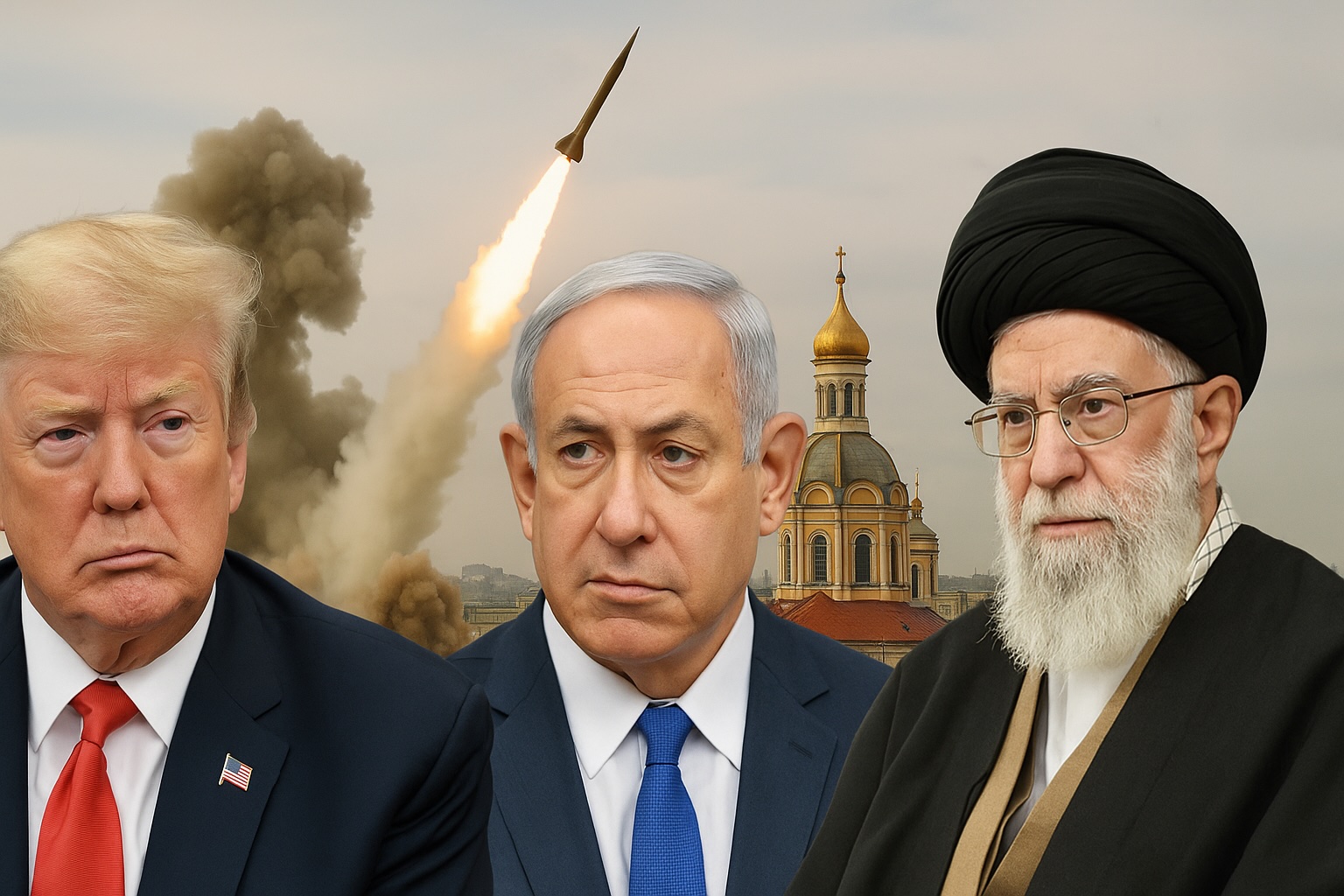Ceasefire or Setup? Iran Hits U.S. Base in Qatar, Then Runs to Putin!

Ceasefire Declared, But Questions Linger as Iran Turns to Russia Following U.S. Base Strike
In what may mark the tentative end of one of the most explosive episodes in recent Middle Eastern history, U.S. President Donald Trump announced a "complete and total" ceasefire between Israel and Iran. The 12-day war, characterized by intense aerial bombardments, cyberattacks, and unprecedented military strikes on nuclear facilities, now stands at a crossroads. The ceasefire, negotiated through Qatar’s diplomatic channels, remains fragile and only partially implemented.
Iran’s Foreign Minister Seyed Abbas Araghchi, in a conditional message, stated that Iran’s military operations “continued until the very last minute” of the 4:00 a.m. deadline. If Israel ceased its aggression, Iran, he said, would refrain from further retaliation. Yet just minutes after the declared cutoff, explosions were still being reported across Tehran, casting immediate doubt on the sincerity—or effectiveness—of the truce.
The escalation reached a peak when Iran launched a retaliatory missile attack on the U.S. Al-Udeid Air Base in Qatar. No casualties were reported, thanks to intercepts by U.S. and Qatari missile defense systems, but the symbolic gesture reverberated across diplomatic channels. President Trump dismissed the strike as "very weak," thanking Iran for its advance notice and framing it as a signal that Tehran was unwilling to engage directly with Washington. Analysts viewed the calculated warning as an attempt by Iran to limit the war’s scope to its primary rival—Israel—without drawing the U.S. further into the fray.
However, the strike on a U.S. base, no matter how restrained, pushed Washington and its allies to exert maximum pressure. In the days following, U.S. bombers targeted three critical Iranian nuclear sites—Fordow, Natanz, and Isfahan—in an operation designed to “eliminate Iran’s nuclear capability,” according to White House officials. The fallout of these strikes appears to have reshaped Iran’s military calculus and triggered a reluctant opening to diplomacy.
Still, the conflict has left deep scars. Tehran endured nights of explosions and sirens. Civilians, many of them already reeling from months of economic hardship and infrastructural degradation, were thrust into panic. Internet shutdowns across Iran made it nearly impossible for many to receive real-time evacuation warnings. One resident of Tehran described it as “another sleepless night filled with fear and silence between sirens.”
While U.S. officials herald the ceasefire as a victory for “peace through strength,” Iran’s domestic stance tells a more complex story. Following the strike on the U.S. base and widespread destruction of its nuclear infrastructure, Iran’s leadership has looked to reinforce its alliances in the face of growing isolation.
This week, several top Iranian officials, including Deputy Foreign Minister Ali Bagheri Kani, arrived in Moscow for high-level meetings with Russian counterparts. According to Russian and Iranian state sources, the delegation is seeking Moscow’s support both diplomatically and materially in rebuilding its defense systems and safeguarding its nuclear sovereignty. Russia has historically maintained close but cautious ties with Tehran. Now, with Iran under immense international scrutiny and Western sanctions, those ties are being tested—and potentially recalibrated.
Iran’s move toward Moscow is not unexpected but is deeply significant. It suggests that while the guns may fall silent temporarily, the geopolitical alignment that follows could shape the region’s future for years to come. The 12-day conflict may be winding down, but the real battle—for influence, legitimacy, and survival—is far from over.




![From Kathmandu to the World: How Excel Students Are Winning Big [Admission Open]](https://www.nepalaaja.com/img/70194/medium/excel-college-info-eng-nep-2342.jpg)
